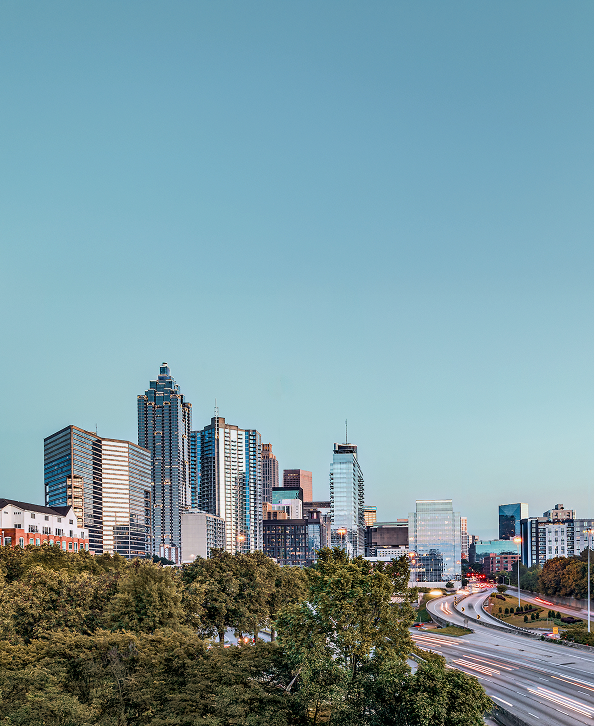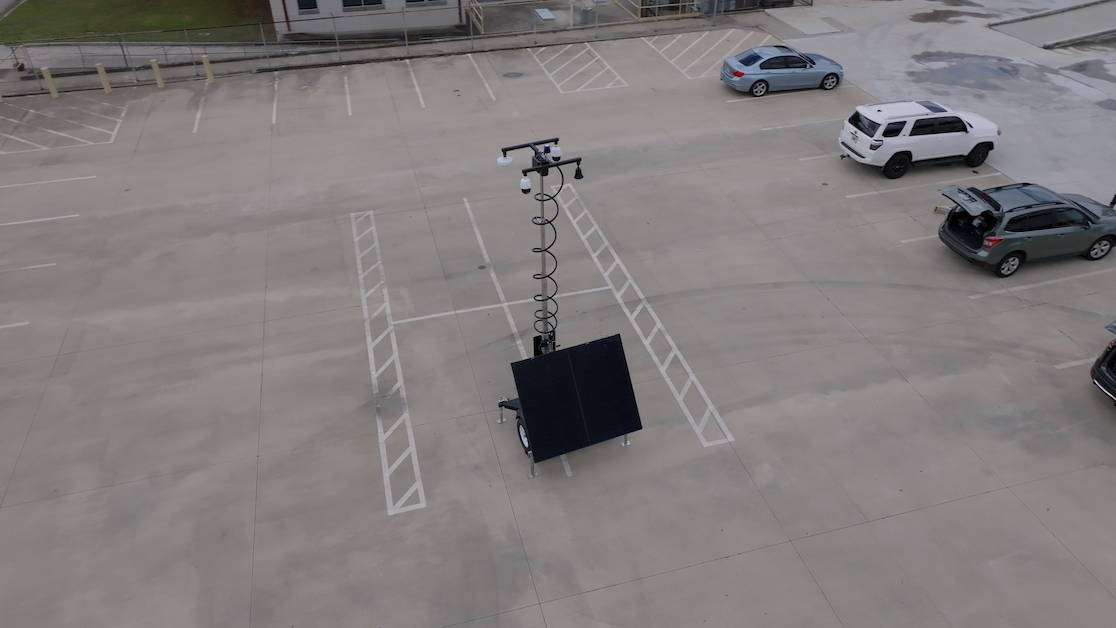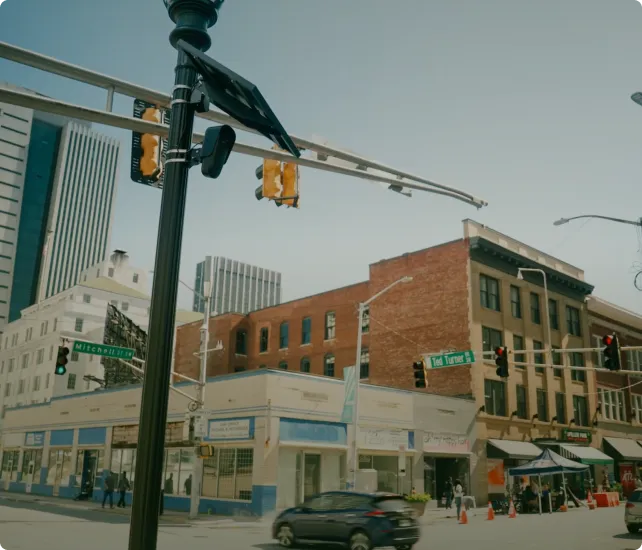


Navigating California's New Retail Security Laws: What Retailers Must Know and How to Leverage These Changes to Improve Safety
Navigating California's New Retail Security Laws: What Retailers Must Know and How to Leverage These Changes to Improve Safety
Ever since the pandemic, California retailers have faced increasing challenges when it comes to safety. We’ve all seen the viral videos of masked groups overwhelming storefronts. Theft, organized crime, and cargo losses are all on the rise, putting pressure on businesses to find new ways to protect their properties and employees. Fortunately, Governor Gavin Newsom recently signed three new laws—AB 2371, AB 1972, and AB 1960—that are designed to help retailers boost security and work more closely with law enforcement.
In this blog, we’ll break down how these laws can make a difference and why businesses should start using automatic license plate readers (ALPRs) as part of their security strategy. ALPRs capture images of vehicles' license plates, helping businesses track suspects and gather evidence that law enforcement can use to solve crimes.
A Quick Overview of the New Laws
AB 2371 – Streamlining Security for Businesses:
This law streamlines the permitting process for electrified security fences on industrial, manufacturing, and specific commercial properties in California. It allows businesses to install electrified fences powered by solar-charged batteries without needing additional local permits, as long as they meet updated safety standards. The bill mandates that fences include a mechanism for first responders to deactivate them during emergencies. It aims to enhance property security while expediting the installation process to address rising concerns about theft and safety.
AB 1972 – Supporting Police to Combat Cargo Theft:
This law adds “cargo theft” as an additional property crime to be addressed by a regional property crime task force, managed by the Department of the California Highway Patrol and Department of Justice. The task force will now assist railroad police in addition to local PD in tackling this issue.
AB 1960 – Strengthening Retail Crime Prevention:
This law focuses on fighting organized retail theft, where groups of people steal large quantities of goods at once. AB 1960 increases jail time based on the value of property taken, damaged or destroyed in the commission of a felony. Source: National Retail Federation
AB 1779 – Simplifying Jurisdiction for Theft Prosecution:
Allows district attorneys to file theft charges and associated offenses in any county where the offense occurred, the merchandise was recovered, or a specified act was committed by the defendant. It requires a hearing to confirm that district attorneys in all relevant jurisdictions agree to prosecute in the selected county, simplifying prosecution of multi-county crimes. (Source)
How Automatic License Plate Readers (ALPRs) Help
Along with these new laws, many retailers are turning to automatic license plate readers (ALPRs) and live video to improve their security. ALPRs capture license plates on vehicles near your store, parking lot, or warehouse, making it easier to monitor suspicious activity. Here’s how they work with live video:
Deterring Crime: Just knowing that ALPRs are in place can discourage would-be offenders from targeting your business. If thieves know their vehicle’s information could be recorded, and that when paired with the live video at most retail establishments retailers can establish a case, they are less likely to take the risk.
Gathering Evidence: ALPRs capture crucial data about vehicles involved in crimes. This data helps law enforcement track down suspects and recover stolen goods.
Real-Time Alerts: Many systems can send alerts to your local security team or local law enforcement when a known, wanted vehicle is detected, allowing them to respond quickly and make an arrest without further incident.
How Retailers Can Benefit from These New Laws
The recent changes in California law provide significant benefits for retailers, but businesses need to act now to take full advantage. Here are some steps retailers can take to boost security using the new laws and ALPR technology:
1. Install Electrified Fencing (AB 2371): If your business has a large property, electrified security fencing can help prevent theft. With the new streamlined permitting process, you can install fencing more quickly than before. Pair this with ALPRs and live video to create true layers of security that give you the best protection.
2. Improve Supply Chain Security (AB 1972):
For many retailers, cargo theft is a major concern. These expanded definitions close a loophole, and allow you to work with police to prosecute offenders. By using ALPRs with live video around shipping yards and warehouses, you can better gather the evidence you need to build your case.
3. Leverage ALPR Cameras (AB 1960):
Organized retail theft is becoming more sophisticated, and cooperation with law enforcement is critical. Using ALPRs can help track suspects across multiple crime scenes, connecting those higher-value incidents to improve your chances of recovering stolen goods and bringing offenders to justice.
Case Study: The Impact of ALPRs on Retail Crime Prevention
In cities across the U.S., ALPRs paired with video cameras have already been proven effective in reducing crime. For example, in Washington, MO, police were able to apprehend a suspect alleged in multiple theft cases from big-box stores by building a case with information from ALPR cameras.
By integrating ALPR technology and live video with the provisions of these new California laws, retailers can build a safer environment for their businesses, employees, and customers.
Conclusion: Take Action Now to Protect Your Business
With theft and organized crime on the rise, California retailers need to adopt the latest security measures to stay ahead. The new laws—AB 2371, AB 1972, and AB 1960—offer retailers key tools to protect their assets. By combining these measures with advanced technology like automatic license plate readers and live video, businesses can deter crime and provide law enforcement with the evidence they need to solve cases. Now is the time to invest in your business’s safety and security, ensuring a safer future for your employees and customers alike.





Contact us
Discover how communities across the country are using Flock to reduce crime and build safer neighborhoods.

.webp)




.webp)




